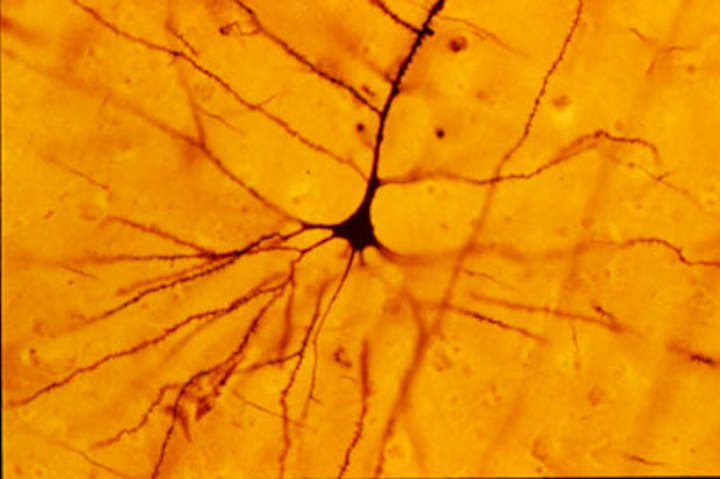A method for imaging gene expression in neurons based on their connections has been developed by researchers at Rockefeller University’s Molecular Genetics lab. The new technique is called Retro-TRAP. It fuses two approaches to studying the brain. The first is mapping all of its connections and the second is gene expression profiling of neuron populations.…
Category: Neuroscience
Charles Bonnet Syndrome Hallucinations more Common than was Thought
Vivid hallucinations in Charles Bonnet Syndrome last much longer and have more serious consequences than formerly believed, researchers from King’s College London have found. The study, involving 492 visually impaired people who had experienced visual hallucinations, show there is a serious divergence between medical opinion and the condition’s actualities. Charles Bonnet Syndrome is generally thought…
Enhancing Empathy Brain Patterns Using Functional Brain Imaging
Unique new research has demonstrated for the first time that it is possible to train brain patterns associated with empathic feelings; more specifically, tenderness. The research, from a group of neuroscientists supported by Foundation for Research Support in the State of Rio de Janeiro, showed that volunteers who received neurofeedback about their own brain activity…
Baclofen for Narcolepsy Promising new Treatment
R-baclofen, a drug used for treating spastic muscles, is more effective at treating narcolepsy than the best drug currently available, research from Stanford Research Institute says. Narcolepsy is a chronic neurologic disorder featuring excessive daytime sleepiness. It isn’t a rare condition, although it is under-recognized and under-diagnosed. It is estimated to effect 1 in 2,000…
Our Brains Sync Up When Speech Is Predictable
Our brain activity is more like that of people we’re listening to when we can predict what they’re going to say, neuroscientists report. The study provides fresh evidence on the brain’s role in communication. Lead author Suzanne Dikker, postdoctoral researcher in New York University’s psychology department and Utrecht University, comments: “Our findings show that the…
What Are Pyramidal Neurons?
Pyramidal neurons are a type of neuron found in areas of the brain including the cerebral cortex, the hippocampus, and the amygdala. Pyramidal neurons are the primary excitation units of the mammalian prefrontal cortex and the corticospinal tract. Pyramidal neurons were first discovered and studied by Santiago Ramón y Cajal. Since then, studies on pyramidal…
What Is Prion Disease?
Prion disease is a group of conditions that affect the nervous system in humans and animals. The signs and symptoms of prion disease typically begin in adulthood and worsen with time, leading to death within a few months to several years. Neurodegenerative symptoms can include convulsions, dementia, ataxia, and behavioral or personality changes. These disorders…
Autism and Agenesis of the Corpus Callosum Linked
A new study shows a surprisingly high prevalence of autism is found in patients with a condition known as agenesis of the corpus callosum. This rare disorder is suffered when connections between the left and right sides of their brain are missing. The study, by a team of neuroscientists at Caltech, is the first to show…
MRI Image Diagnosis of Parkinson's
A brain image detail has been identified as a new accurate test for Parkinson’s disease by researchers at The University of Nottingham. The image, shaped similar to a Swallow’s tail show up in the healthy state of a group of cells in the sub-region of the human brain. It was pinpointed with 3T MRI scanning…
